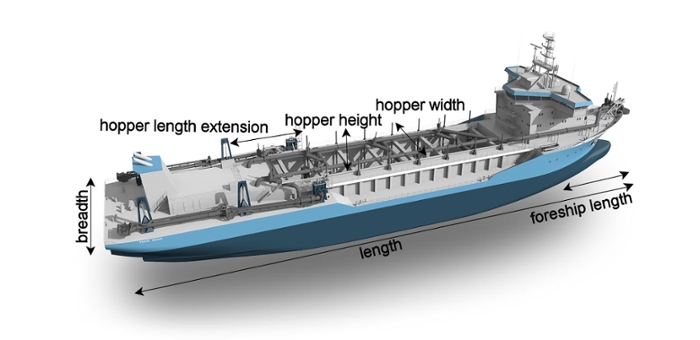Following in nature's footsteps
A neural network mimics how our brain works. Evolutionary algorithms use the principle of natural selection to solve complex problems. This kind of 'natural computing' is being used to improve the diagnosis of Parkinson's disease or the production of steel.
Solving problems
Computer scientists emulate nature to build artificially intelligent machines. Evolutionary algorithms are a case in point. An algorithm is a detailed recipe that tells a computer how to perform a certain task. ‘Billions of years of evolution have made living beings ever better at solving problems,’ says Thomas Bäck, Professor of Natural Computing. He and his colleagues take their inspiration from evolution when solving complex problems. Bäck: ‘An evolutionary algorithm starts off with a population of candidate solutions that can be pretty bad at first, or even random. But then, the algorithm applies so-called operators to these solutions, which are borrowed from natural evolution: we call these operators mutation, recombination and selection. The population of candidate solutions evolves as these steps are repeated until a near-perfect solution is found.’
This could be used to minimize the drag of a ship’s hull, for instance. One begins with an initial design and, by applying mutations to the shape of the hull and calculating its drag, the algorithm learns which mutations are best at decreasing the drag. Then, the ‘best’ mutations are submitted to new tests. Finally, after a few cycles of mutation, testing and selecting, the hull evolves to the optimal shape. Likewise, one can design virtual therapeutic molecules and let them evolve to optimal biological efficacy.
At Tata Steel in IJmuiden, Bäck uses natural computing to improve the production process of steel. There, miles of red-hot steel slabs roll from the mills, with lots of process parameters that can be adjusted: for instance, the speed of rolling, the pressure of the mills and the distribution of cooling water along the slabs. Subtle changes in these parameters can result in better steel of a more stable quality.

Personalised health
Wessel Kraaij, Professor of Applied data analytics, uses neural networks to distill useful information from large quantities of noisy data. This can be video, audio or text collected from the internet. A neural network consists of several layers of virtual cells (somewhat similar to brain cells). Within this network, information passes through a connection from one layer to the layer below. Each connection has an adjustable ‘weight,’ which determines if a signal is passed on at the original strength or is attenuated.
To learn a task such as identifying faces in a video, a neural network would fine-tune all these weights while looking at a large number of video images and getting feedback on how good it was at finding faces in each image. This is similar to how our brain works: a visual image enters the eyes, hits the retina – the uppermost layer of the neural network – and is then passed on and processed through a succession of deeper layers in the brain.
Kraaij is now trying to predict how Parkinson’s disease will progress in the near future from footage of patients filmed as they walk. This may be relevant not only to their medication but also to the advice that they are given. Kraaij: ‘On the basis of complex imagery, you arrive at a clear classification that is of significance to the patient.’
He envisages a great future for personalised health. People will collect all kinds of data from wearable sensors and information about what they eat and drink. Kraaij: ‘What is the best way to combine all this data, so that personal advice emerges? There is a lot to be gained here, but it is complicated too. Two people differ more than two cars of the same make do.’

